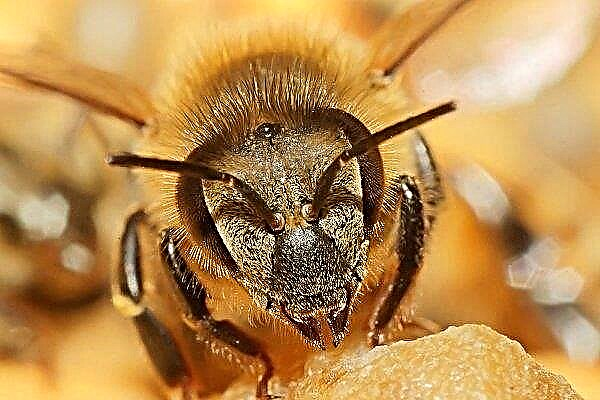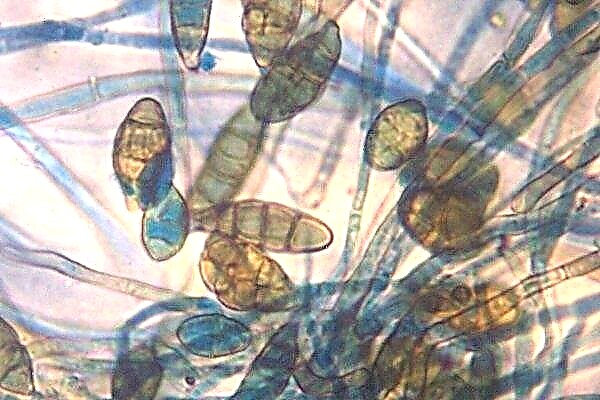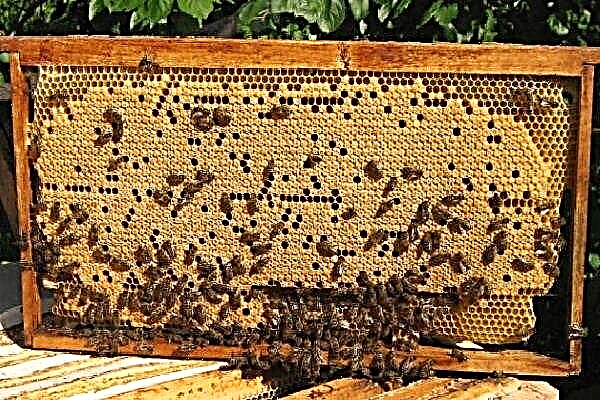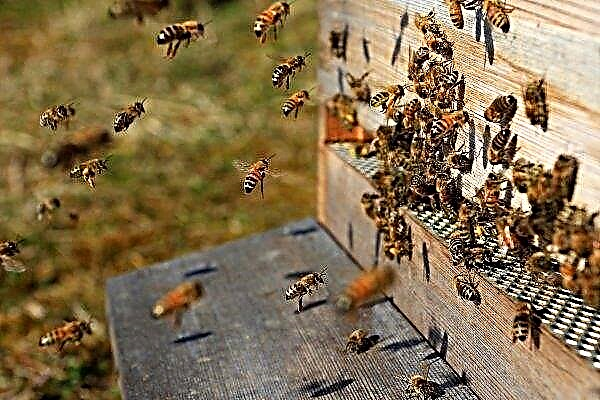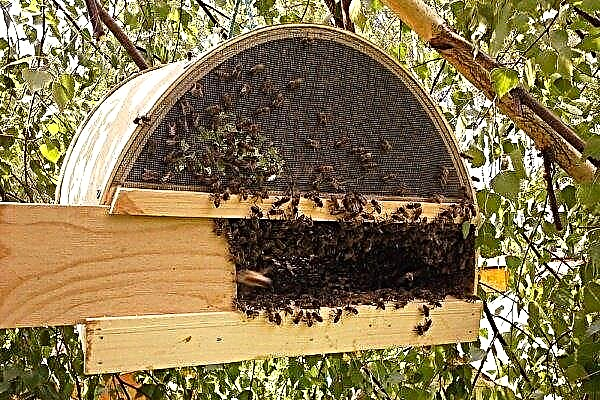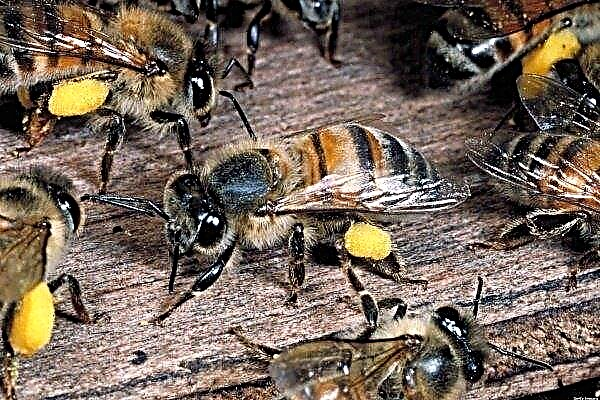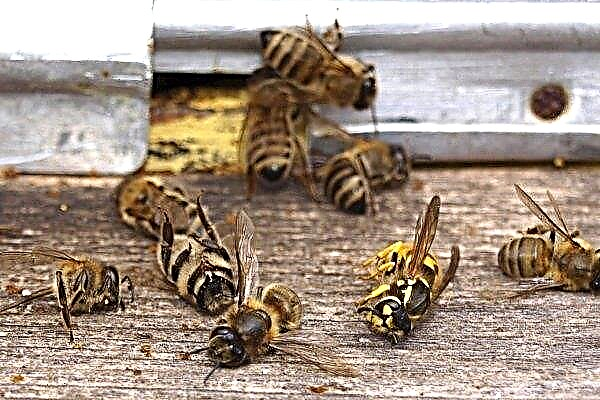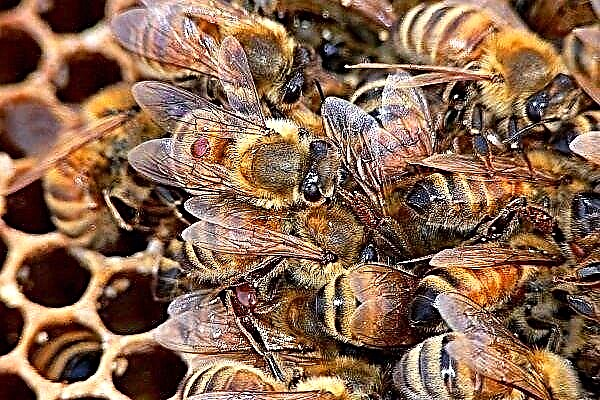Copyright 2024 \ Farm meridian
Africanized bees: what do they look like, where do they live, and what are they dangerous?
African bees are dangerous insects that need to be kept as far away as possible - their numerous bites are fatal. They are ruthless and aggressive, react to loud noises and bright clothes, they can attack when you do not expect this from them. It’s important not to provoke insects, not...
What are the varieties and types of honey?
Varieties of honey - a great variety. Even more than melliferous plants. Each type of honey has its own taste, color, smell and healing effect. This natural product replaces sugar that is harmful to the body and becomes an excellent tool in the treatment of various diseases. Popular varieties of honey Some varieties of honey can...
How to recognize and treat nosematosis in bees?
Nosematosis is an infectious disease that can affect any bees and drones. If 10 bees suffer from the disease, this can lead to the loss of 40 of all honey from the family. The infection is spreading rapidly. Every beekeeper needs to know what this disease is, how to identify and treat it....
How is printed brood of bees formed and looks?
Printed brood is also called indoor, as opposed to open brood. Each beekeeper needs to familiarize himself with the maturity of the printed brood, as well as understand how to properly spit out the bee colonies. What is print brood? Printed brood is called pupae and larvae of bees...
The composition of the bee family: its development, content and functions
The bee family is a single community of insects that are closely interconnected, issuing signal movements and sounds, exchanging pheromones and food. For each individual, the corresponding functions are determined, therefore, bees cannot live and reproduce outside the family. What is a bee family?...
How to make a trap (swarm) for bees yourself?
The Royna is a special device in the form of a box, which is used to catch a swarm of bees and send it back to the apiary. This trap can be made independently, since it does not take much time and does not require special skills and materials. Basic requirements and scope...
Features of the honey bee: structure, characteristics, content and benefits of the bee
Since ancient times, people have bred honey bees to obtain healthy and natural products. Somewhat later, people realized that with pollination of bees, plants grow better and faster. In order to feed the whole family, the toilers work all day, eventually dying themselves on the fly. Honey with...
How can bees get poisoned and how to prevent their poisoning?
Bee poisoning can be caused by various factors: from the infectious process to the improper care of insects. It often becomes the cause of mass deaths of residents of the hive. In each case, a complex of symptoms is observed, indicating intoxication and its cause. Fall poisoning...
Heat chamber for processing bees from parasites
In autumn, all beekeepers are concerned not only with the preparation of honey bees for wintering, but also with the disposal of pests from bees. One of the most successful methods for eliminating parasites is considered to be a special heat chamber in which bees undergo heat treatment. What kind of camera is it, what is it for,...
How do bees make honeycombs and why are they needed?
A honeycomb is a wax structure built by bees for several purposes. Honeycombs are stored in honeycombs, offspring are raised and the bees themselves live. They have the shape of hexagonal prismatic cells, most of whose faces are adjacent to the same cells. In size...

